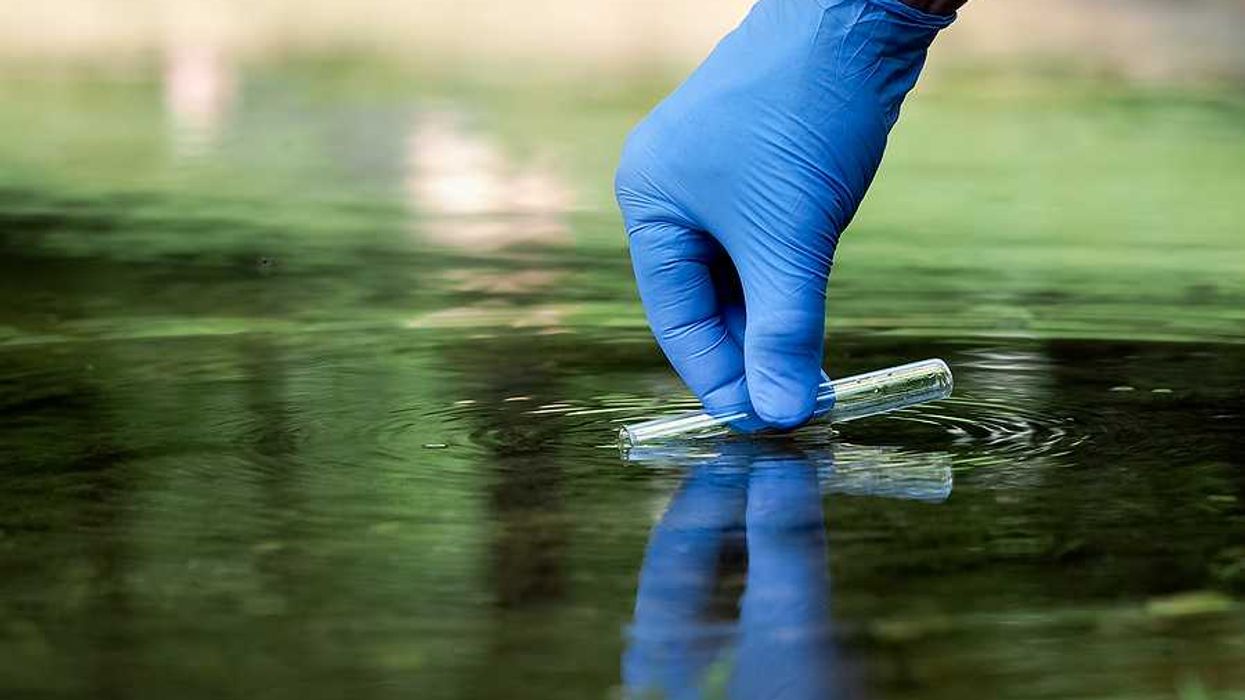Common veterinary flea treatments contain potent insecticides that persist in the environment, polluting waterways and exposing birds, particularly blue tits and great tits, to harmful chemicals at lethal levels.
Sophie Pavelle writes for The Guardian.
In short:
- A University of Sussex study found that flea treatment chemicals, including fipronil and imidacloprid, were present in every sampled bird nest, leading to high mortality rates among chicks.
- Research detected fipronil in 99% of water samples from 20 English rivers, with pet medications identified as a significant source of contamination.
- Veterinary professionals are raising concerns over the ethical dilemma of balancing pet health with environmental risks, as most flea treatments remain unregulated for their ecological impact.
Key quote:
“The simplest explanation is that eggs and chicks are getting a sufficient dose of pesticide from the nest lining to kill. There’s enough medication in the environment to pollute every single blue and great tit nest.”
— Prof. Dave Goulson, University of Sussex and study co-author
Why this matters:
Veterinary flea treatments contain pesticides so toxic they are banned in agriculture, yet they wash off pets and persist in rivers, endangering wildlife. Birds use pet fur to build nests, exposing hatchlings to lethal doses of these chemicals. Meanwhile, flea treatments applied to millions of pets enter waterways through bathing, handwashing, and runoff, contributing to long-term environmental contamination. Without stronger regulation, these chemicals will continue to threaten biodiversity and disrupt fragile ecosystems.
Read more: Pet flea treatments lead to environmental pollution














